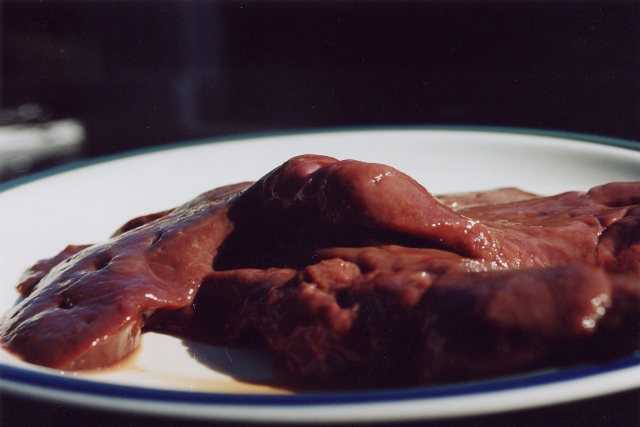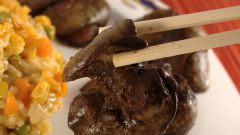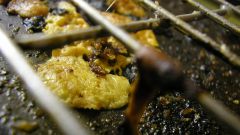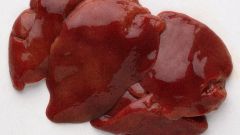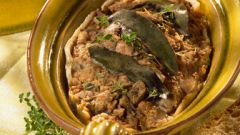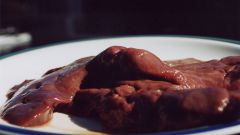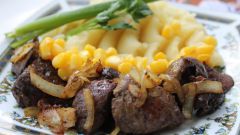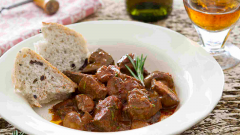You will need
- A sharp thin knife;
- Good lighting;
- Milk or boiling water and salt.
Instruction
1
So where did the myth that the liver bitter? The fact that next to the liver is the gallbladder and in the liver bile ducts. If the animal was butchered correctly, if you do not gently remove the gallbladder, bile will get into the product and ruin its taste, giving the same bitternessthat can spoil the whole dish.
2
Carefully inspect the liver. Remove the gall bladder, bile ducts, and cut whatever pieces are painted in a greenish tint. This color is just inherent in spilled bile. That's all you can do to get rid of the bitterness. No soaking damaged liver is not able to cope with the typical taste.
3
Pork liver coarser in structure and to give it some extra softness and tenderness, it is soaked in milk. This pork liver, pre-washed, remove the shell, remove the bile ducts and soaked for several hours in cold cow's milk.
4
The same effect can be achieved if, before cooking blanch the liver, that is, boil for a few minutes to cool slightly salted water.
5
If you doubt that you've purchased a liver from a young animal, regardless of origin, pre-soaking in milk or blanching, as well will not hurt. It is known that with age, the tissue loses elasticity, and therefore, when cooking, will be more stringent.
6
The most tender is considered to be veal and chicken liver. If to choose between these two products, you should pay attention to the fact that beef liver contains much more copper, lots of zinc, and is rich in vitamins a and B12. But chicken liver is a calcium, iron, selenium, thiamin, folic acid, vitamin E and lots of vitamin C. Many fruits lose chicken liver content of vitamin C.
Useful advice
The liver needs a short heat treatment. Properly cooked liver is slightly pink on the cut. If you overcook or digest the liver, it will become hard and dry.
